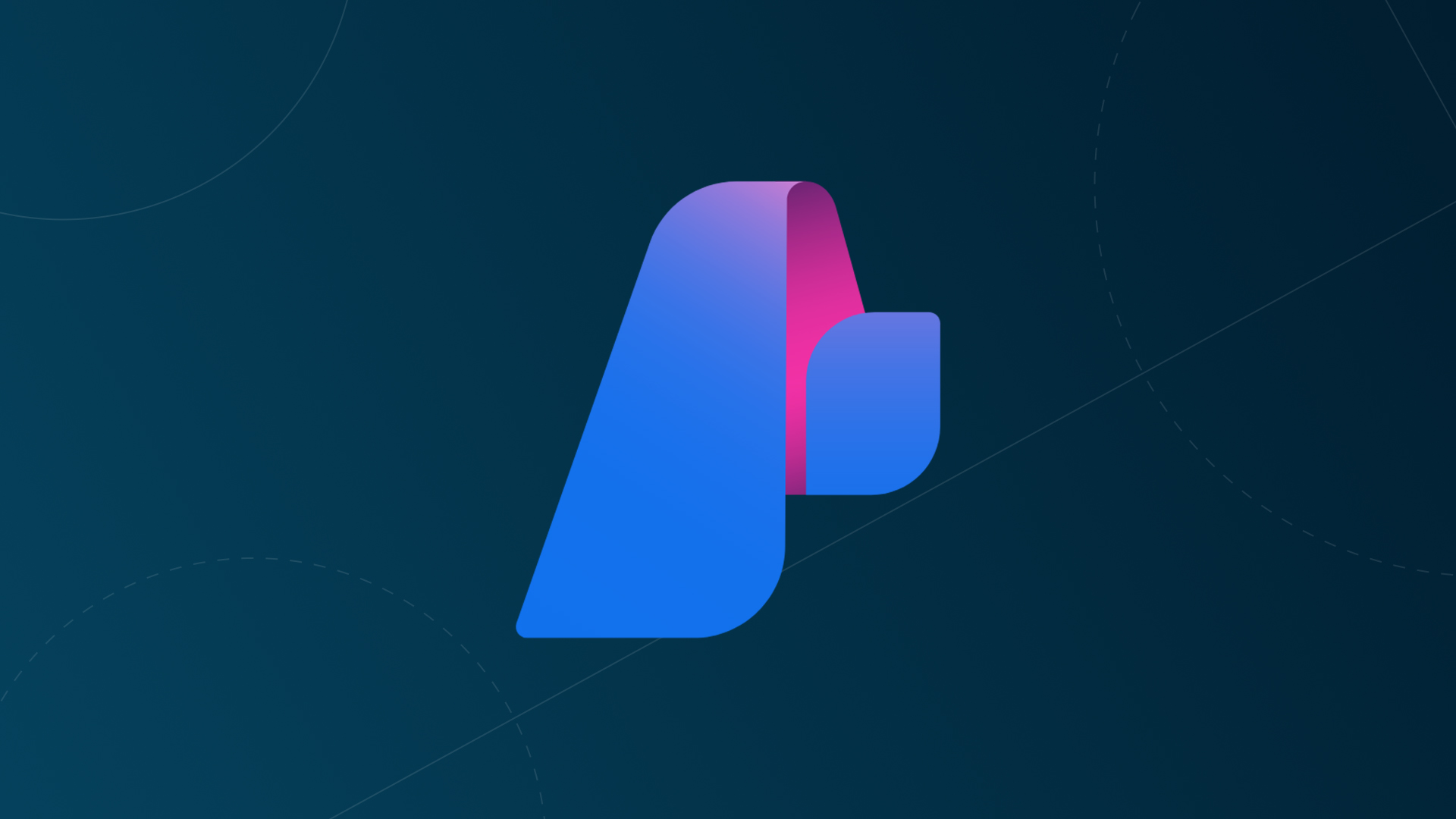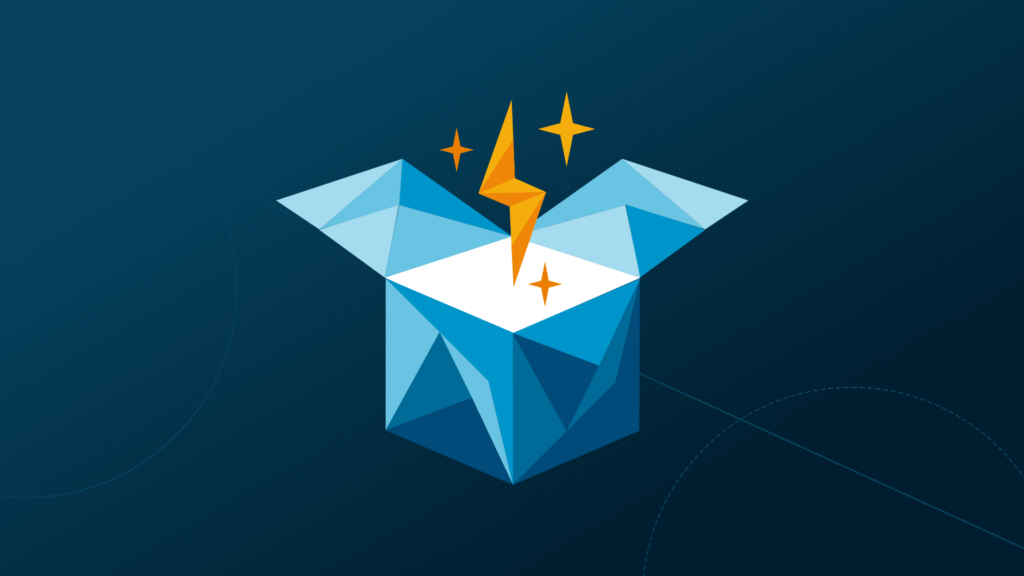
AI is starting to evolve from buzzword, although it is still that, to providing operational value. But there’s still a lot of confusion around AI and how best to derive business value from it. With Azure AI Foundry, Microsoft seeks to help enterprises to adopt AI. Here we look at what Azure AI Foundry is, how it can help, and what you need to do to be successful.
The ultimate promise of AI is increases in productivity that no organisation can dare to ignore. But the path to AI adoption is anything but straightforward. AI is complex, the tools seem fragmented, and governance appears troublesome.
What is Azure AI Foundry?
Azure AI Foundry aims to provide a comprehensive, unified, enterprise-ready, platform to build, manage, and scale AI solutions.
Before getting into details, some context. Azure AI Foundry is Microsoft’s AI platform-as-a-service. Naturally, it is designed to work seamlessly with the rest of your Microsoft infrastructure: the data platform (Microsoft Fabric), data policy platform (Microsoft Purview), and Azure core services, and it is reliant on access to high-quality, integrated data sources.
You may also be wondering how Copilot fits in. Azure AI Foundry and Microsoft’s Copilots are closely related and complementary parts of Microsoft’s AI strategy, albeit serving different purposes for different audiences. Copilots are ready-made AI assistants embedded in Microsoft apps, such as the Microsoft 365 Copilot. While Azure AI Foundry provides the tools and infrastructure for IT to create customised solutions, either from scratch or by extending Microsoft’s prebuilt Copilots.
Key components and features of Azure AI Foundry
Although Azure AI Foundry will be of interest to your development team, it’s essentially a ‘low code, no code’ environment. Think of it as a safe playground in which you can measure the value AI can bring to your business. The platform has five principal components: Azure AI Studio, the Model Catalog, Azure AI Agent Services, Azure AI Search, and Governance and Observability.
Azure AI Studio is where you can build, test and deploy AI applications. Your developers and data scientists can fine-tune large language models, create custom copilots, and orchestrate workflows here. And all this integrates with leading tools such as GitHub, VS Code, and Azure DevOps.
Model Catalog provides a growing catalogue of foundation models from Microsoft, OpenAI (including GPT models), Meta (Llama), and Mistral. You can use these models straight away or can refine them with your own data first. Either way, they greatly reduce development time while ensuring that your solutions are built on high-quality, pre-trained intelligence.
Azure AI Agent Services enables you to build AI agents that can interact with users, access tools, and perform tasks based on natural language prompts. These agents can combine a series of different capabilities, such as data retrieval, summarisation, and execution of an action, into an intelligent workflow.
Azure AI Search is an advanced search capability that powers retrieval-augmented generation (RAG). This allows AI models to pull accurate and up-to-date information from internal data sources for more reliable answers.
Governance and Observability provides built-in, enterprise-grade governance, covering everything from model versioning to usage monitoring and security enforcement. It lets you control who accesses what, monitor AI performance, and ensure models are used responsibly.
How can Azure AI Foundry accelerate AI adoption?
You’ll already be able to see some of the ways AI Foundry can help you to accelerate your business’ use of AI. It simplifies otherwise complex development workflows with a unified interface and pre-built tools, accelerates the realisation of business value through ready-to-use templates, hosted models, and integrated pipelines, and it reduces risk by enforcing consistent governance, data privacy, and security practices. It also makes it easy to go from proof-of-concept (POC) to production while providing a shared environment for the cross-functional collaboration that’s needed for successful initiatives.
Additionally, doing this via AI Foundry means you’re using tools, including open-source ones, that are certified by Microsoft and are known to integrate with the wider Microsoft ecosystem.
The elephant in the room
All this sounds great. But you may also have heard a variety of gloomy statistics: most (four out of five) AI projects fail, and few (around a fifth) progress beyond a Proof of Concept.
Why is this?
Although a fair bit of effort goes into exploratory work it is often wasted effort. That’s because the experimental uses aren’t aligned to business value drivers, and since they don’t deliver business value those experiments aren’t taken further.
But the biggest issue is usually data
Many businesses admit to not having a sound data strategy. The reality is data that is segregated and siloed is often in on-premises pockets, while the requirement is a modern data platform providing integrated, accessible and reliable data. If this sounds all too familiar, take heart: you’re not alone and there is still time to resolve this.
How should you proceed with AI?
Explore how you can use AI to benefit your organisation. Azure AI Foundry can help enormously with this. Be sure to focus on initiatives that can add real business value – what are your business’ big challenges? Where are the sticking points? Which could deliver high-value and have already got valid data available?
But in parallel with this, start working on your data strategy and on ensuring that you’ve got a modern, AI-ready, data platform. If you’re like most others, this will require some work, and the success of your exploratory projects may be pivotal in securing the required investment.
High-quality, integrated data sources are AI’s lifeblood, so a modern data platform is prerequisite to deriving value from AI. It will soon prove that the organisations that aren’t using AI productively are the ones that will get left behind.
Next steps
Right now, you may still have more questions than answers – and that’s where we can help. Get in touch using the form below, and chat to one of our expert about your data and AI strategy.



